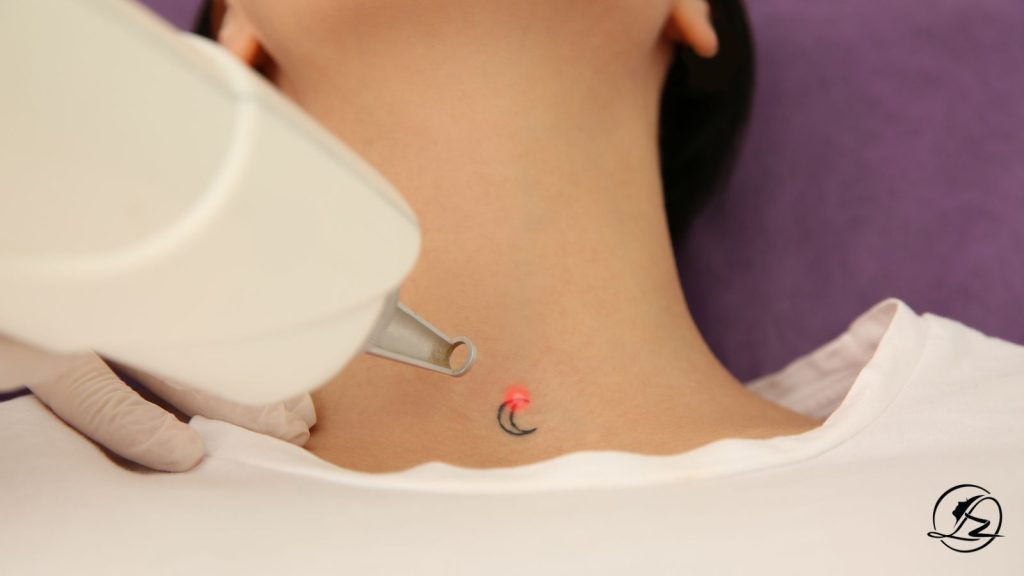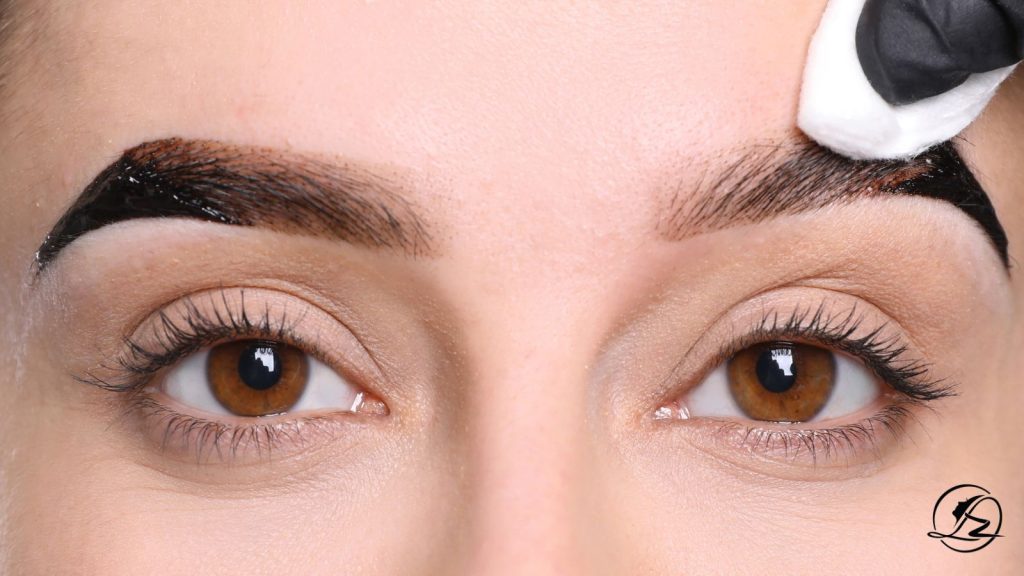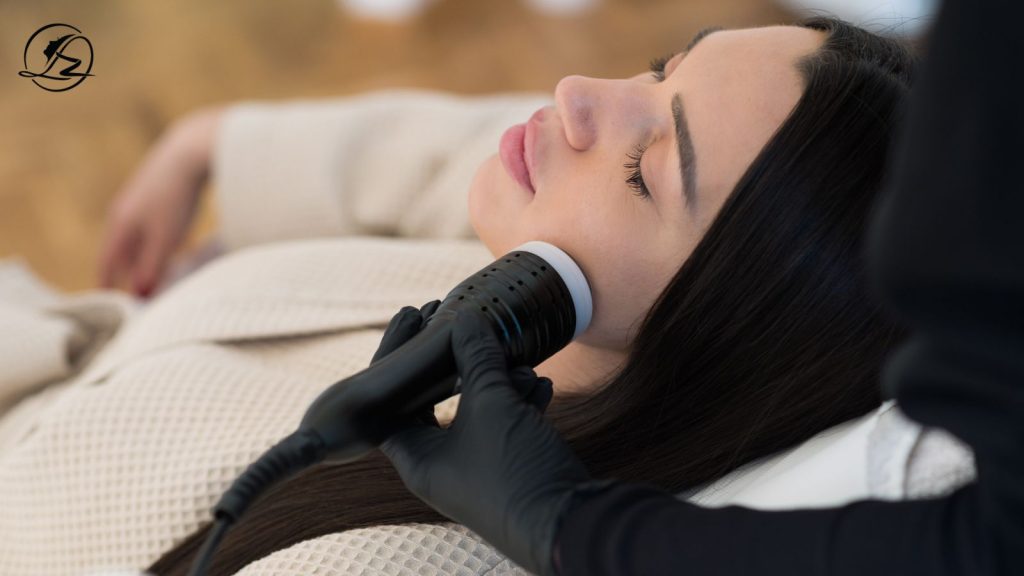Tattoos have long been a form of self-expression, but sometimes, the designs we once loved may no longer fit our lifestyle or preferences. Whether it’s a change of heart, a career choice, or simply dissatisfaction with a tattoo’s appearance, laser tattoo removal has become the most popular method for removing unwanted tattoos. But how does laser tattoo removal work? This article provides a detailed breakdown of the procedure, the technology involved, and what to expect during the process.
The Basics of Laser Tattoo Removal
Laser tattoo removal is a medical procedure that uses concentrated pulses of light (laser) to break down the ink particles in a tattoo, allowing the body’s immune system to naturally remove them over time. It is considered the most effective and safest method for removing tattoos, with minimal risk of scarring when performed by a trained professional.
The procedure involves directing short bursts of laser energy at the tattooed area. The laser light is absorbed by the tattoo ink, which is then broken into smaller particles. These smaller particles are gradually removed by the body’s immune system, primarily through macrophages, which are cells that engulf and eliminate foreign substances.
How Laser Tattoo Removal Works: Step-by-Step
- Consultation and Skin Assessment
- Before starting the laser removal process, a consultation with a licensed specialist is necessary. During this session, the professional assesses your tattoo, its size, colors, location, and your skin type. They will explain the procedure, how many sessions are likely needed, and any potential risks.
- Laser Selection
- Not all tattoos are the same, and different types of lasers are used depending on the tattoo’s characteristics. The two most common lasers for tattoo removal are Q-switched lasers and picosecond lasers. Q-switched lasers deliver energy in short bursts, while picosecond lasers are even faster and more effective at breaking down stubborn ink particles, especially for multi-colored tattoos.
- Targeting the Ink
- The laser targets the tattoo ink, specifically focusing on the pigments within the tattoo. Different laser wavelengths are required for different colors of ink. For instance:
- Black ink absorbs all wavelengths of light, making it the easiest color to treat.
- Red ink is often targeted with a green laser (532 nm wavelength).
- Blue and green inks are more challenging to remove and require specialized lasers, often with longer wavelengths (such as 694 nm).
- Yellow and light-colored inks are among the hardest to remove because they do not absorb light as effectively.
- The laser targets the tattoo ink, specifically focusing on the pigments within the tattoo. Different laser wavelengths are required for different colors of ink. For instance:
- Laser Application
- Once the appropriate laser is selected, the specialist applies the laser in short pulses to the tattooed area. The high-intensity light penetrates the outer layer of the skin and reaches the ink particles beneath. As the laser breaks up the ink particles, they become small enough for the body to process and eliminate.
- Body’s Natural Healing Process
- After the laser breaks down the ink, the body’s immune system takes over. The broken-down ink particles are removed by macrophages and other immune cells, which carry the particles away through the lymphatic system. Over time, the tattoo fades as the body eliminates more and more of the fragmented ink.
Factors That Affect Laser Tattoo Removal
While laser tattoo removal is generally effective, several factors can influence how quickly and thoroughly a tattoo can be removed.
- Tattoo Ink Color
- As mentioned earlier, the color of the tattoo plays a significant role in how easily it can be removed. Black ink is the easiest to treat, while light colors, such as yellow, white, or fluorescent shades, require more effort and specialized lasers.
- Skin Tone
- Laser tattoo removal is typically more effective on lighter skin tones because there is less melanin to compete with the ink for the laser’s energy. However, advancements in laser technology now allow for safe and effective removal on darker skin tones as well.
- Tattoo Depth and Density
- Professional tattoos are often deeper and more densely packed with ink than amateur tattoos. This means more sessions are usually required to break down the ink fully. Amateur tattoos, on the other hand, are often more superficial and may fade faster.
- Tattoo Age
- Older tattoos tend to be easier to remove than newer ones. This is because, over time, the body naturally breaks down some of the ink, making it easier for the laser to target the remaining particles.
- Tattoo Size
- Larger tattoos require more laser coverage, meaning more treatment sessions will be needed to achieve complete removal.
- Health and Immune System
- A person’s overall health and the strength of their immune system can also impact the speed of the tattoo removal process. A healthy immune system will be more efficient at processing and removing the ink particles once the laser has done its job.
How Many Sessions Are Required?
The number of sessions required for complete tattoo removal varies from person to person. On average, it takes between 6 to 12 sessions for complete removal, though some people may require fewer or more sessions, depending on the factors mentioned above.
Here’s a general breakdown of the factors that influence session count:
- Ink Color: Darker inks may fade faster, while lighter inks require more sessions.
- Tattoo Size: Larger tattoos need more time to cover all areas with the laser.
- Skin Type: Darker skin tones may need more gentle treatment to avoid side effects, which can extend the process.
- Healing Time: Sessions are typically spaced 4 to 6 weeks apart to give the skin time to heal and the body time to remove the fragmented ink.
What to Expect During and After the Procedure
1. During the Session
- The procedure itself can last anywhere from 5 to 30 minutes, depending on the size and complexity of the tattoo.
- Pain: Laser tattoo removal can be uncomfortable, often described as similar to a rubber band snapping against the skin. However, most clinics apply a numbing cream to minimize discomfort.
- Sensation: In addition to some pain, you might feel heat during the laser application as the light energy penetrates the skin.
2. After the Session
- Immediate Effects: The treated area will likely be red, swollen, and possibly blistered immediately after the session. This is a natural response as your skin reacts to the laser’s heat.
- Aftercare: Proper aftercare is essential to prevent infection and scarring. Your specialist will give you detailed instructions, including:
- Avoiding sun exposure on the treated area.
- Applying an antibiotic ointment and keeping the area covered with a bandage.
- Not picking at scabs or blisters that may form.
- Healing Time: The skin typically takes about 7 to 14 days to heal between sessions. Redness and swelling will subside within a few days, but it’s crucial to allow time for the body to process and eliminate the ink before the next treatment.
Risks and Side Effects
While laser tattoo removal is generally safe, there are some potential side effects and risks to be aware of:
- Temporary Changes in Skin Color: The treated area may appear lighter or darker than the surrounding skin, but this usually resolves over time.
- Scarring: If aftercare instructions are not followed, scarring can occur, especially if blisters or scabs are picked.
- Infection: Though rare, infections can happen if the area isn’t properly cared for post-treatment. Always keep the treated area clean and avoid exposure to bacteria.
Conclusion
Laser tattoo removal is a highly effective method for getting rid of unwanted tattoos, though it requires patience and proper aftercare. Understanding how the process works—from targeting the ink to the body’s natural healing mechanisms—can help set realistic expectations.
With the right laser technology, a skilled professional, and consistent treatment, it’s possible to remove tattoos almost completely, leaving behind little to no trace.
If you’re considering laser tattoo removal, consult with a licensed specialist to discuss your tattoo’s specifics, the likely number of sessions, and the aftercare process to ensure the best possible results.



